TOWARDS AN ENGINEERED-TIMBER CIVIC REALM ON HUDSON VALLEY’S URBAN FRINGE
The project aims to repurpose 2000 acres of underperforming and marginalized land for shared timber farming in order to enact a more adequate synergistic relationship (socio-economically and environmentally) between the neighborhood's built space and the fragmented Hudson Valley’s forest.
In Hudson Valley community, most of the trees are privately owned, growing on land at the fringe of urban development- Wildland Urban Intermix (WUI).
Tackling the large-scale U.S. monopoly of engineered-timber products, the project envisions a bottom-up timber economy- a vertically integrated, resilient timber supply chain- as a way to incentivize private community-landowners to sustainably manage their own forests while directly accessing a neighborhood-shared infrastructure of researching, harvesting, manufacturing and retail, waste-recycling and branding for their timber product. By creating a neighborhood-scale and shared collaborative infrastructure for local forest and small-timber-business owners and entrepreneurs, new social partnerships and equally-distributed amenities for the community will be created, boosting local economies while preserving the local and regional forest ecologies thus enhancing the Hudson -Valley -community's long-term socio-economic and environmental wellbeing.
By sustaining long-term forest-plant-based economic development through this shared co-op system, Hudson Valley’s scaled-down timber industry will be funneled while a more socially adequate distribution of profits between diverse communities will be achieved. Composed by four entities, the Center for Resilient Forestry which is clustered with Wood Innovation Facilities, the Certification Centers, the Sawmill and Distribution Center with additional facilities for Recycling and Storage and Renewable Energy Generation, this project provides a lasting infrastructure that promotes a holistic framework for profitable and sustainable timber agroforestry that ensures the wellbeing of both the forest and its inhabitants.
Agroforestry
circular economy
resilient communities
sustainable development
co-op
mass timber design and construction
wilderness and ecological restoration
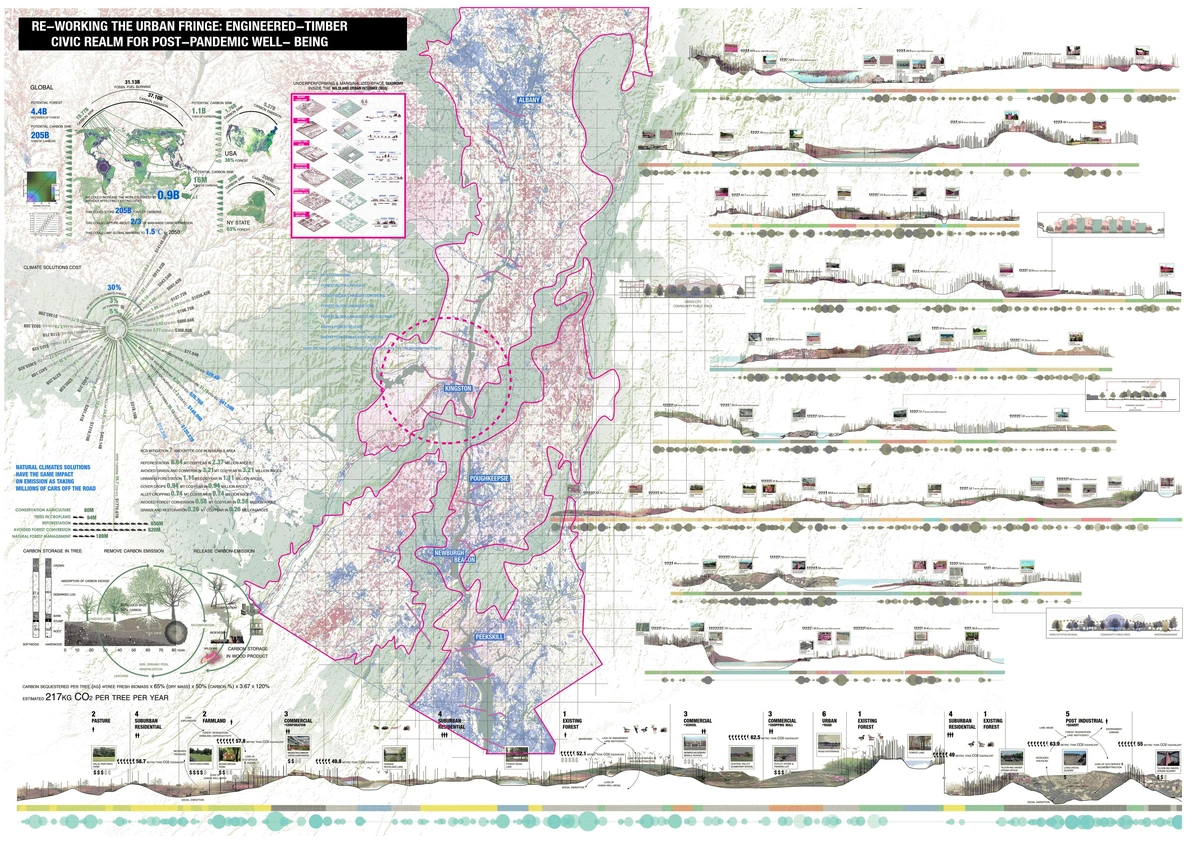
Analysis
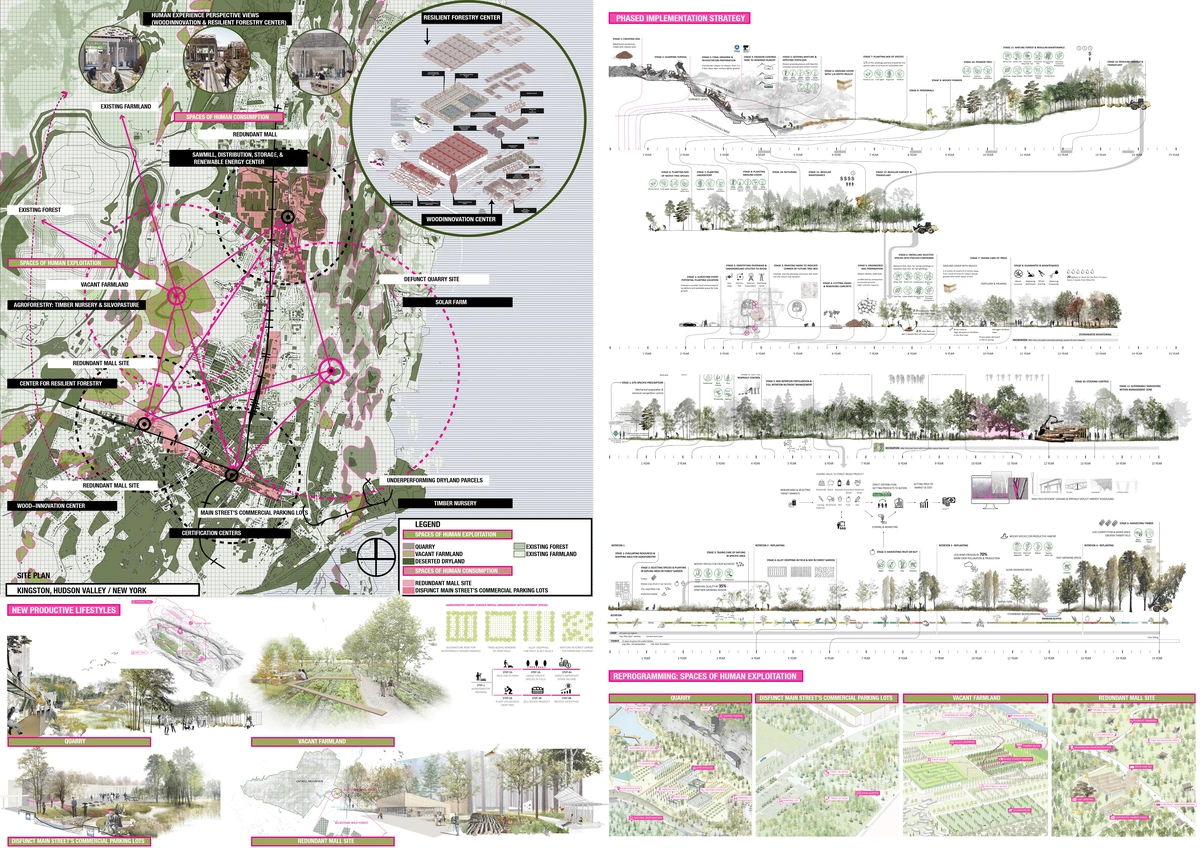
Proposal(strategic framework, taxonomy of interventions, human-experience visuals and environmental restoration graphics)
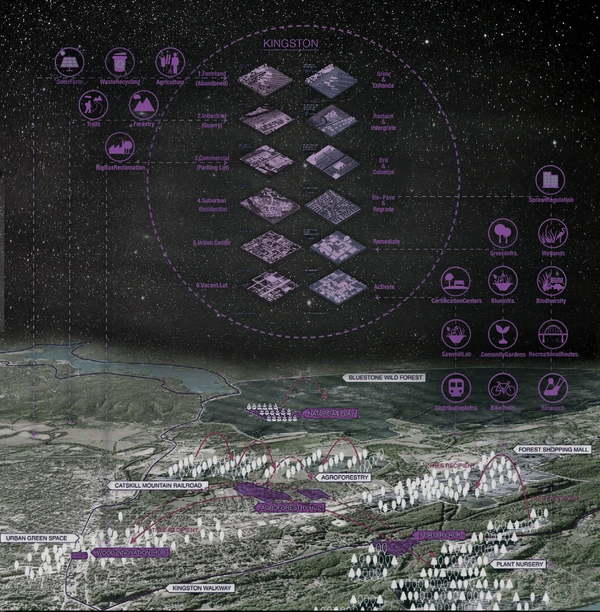
Strategic Framework
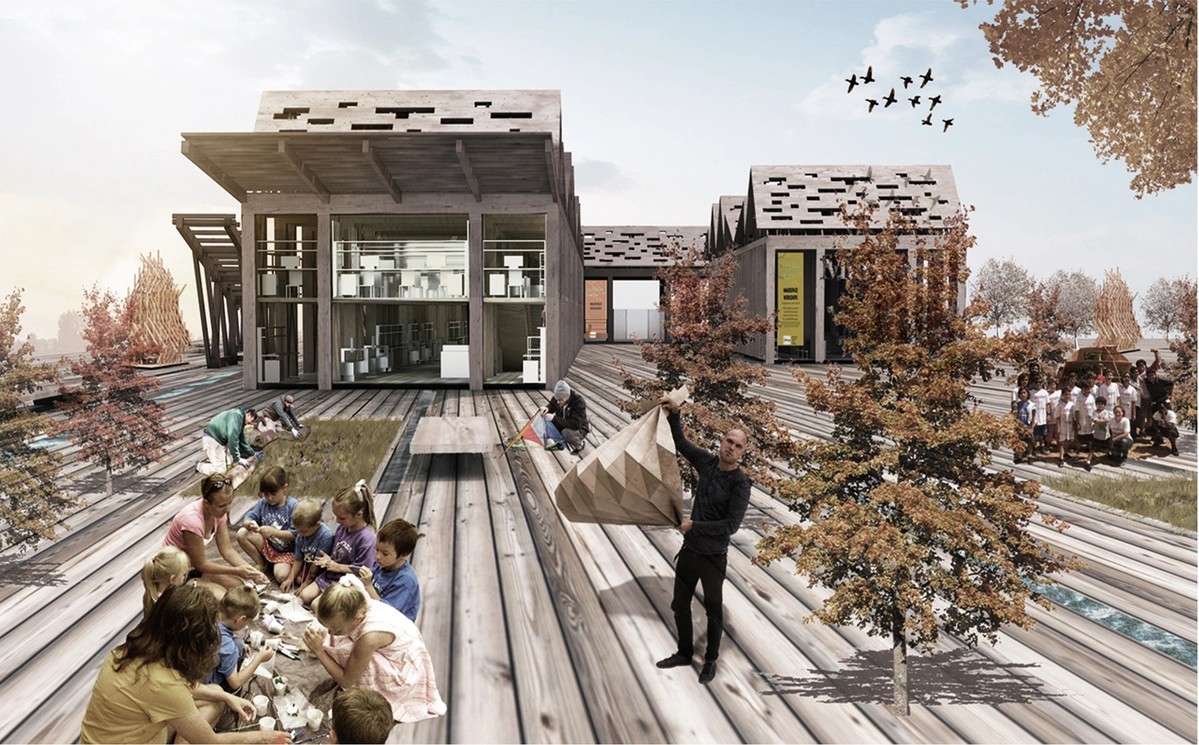
Human Experience Render of mass-timber structures-Community engagement spaces/structures/environments
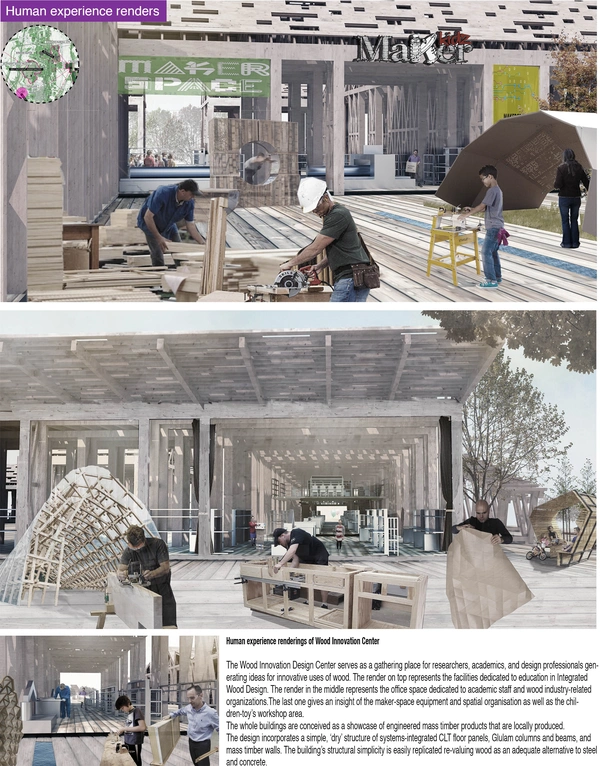
Community Amenities-Mass-timber structures
This submission represents our academic project for Fall Semester's Urban Design Course at Columbia University GSAPP.
Eleni Stefania Kalapoda
Wu Kuan-I, Hao Tian,Zhang Menghan
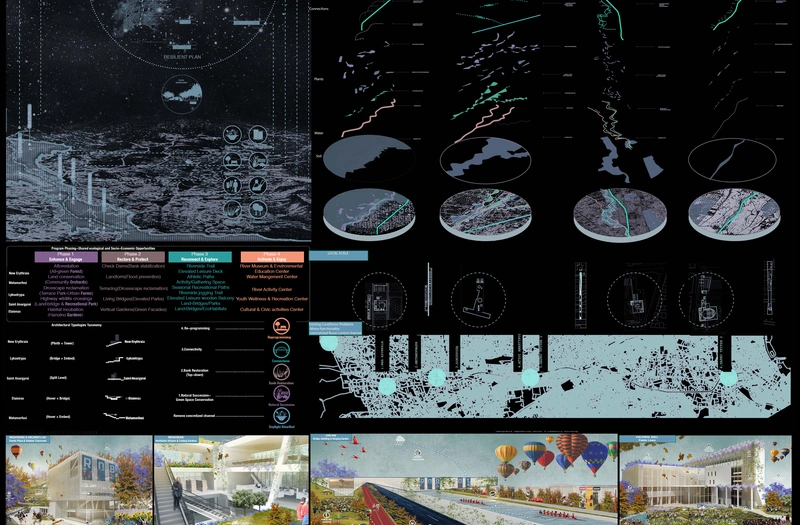
Ecological restoration's and urban regeneration's framework plan for resilient riparian growth along Kifisos River,Athens/Greece.
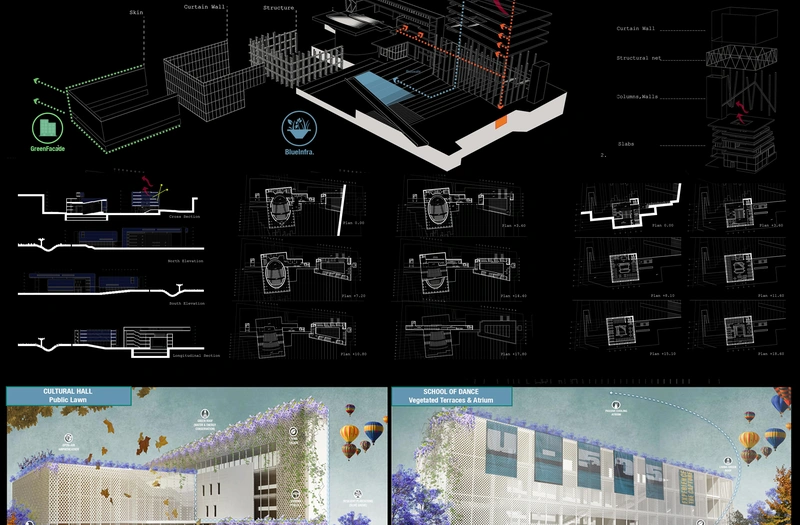
Resilient civic infrastructure 1
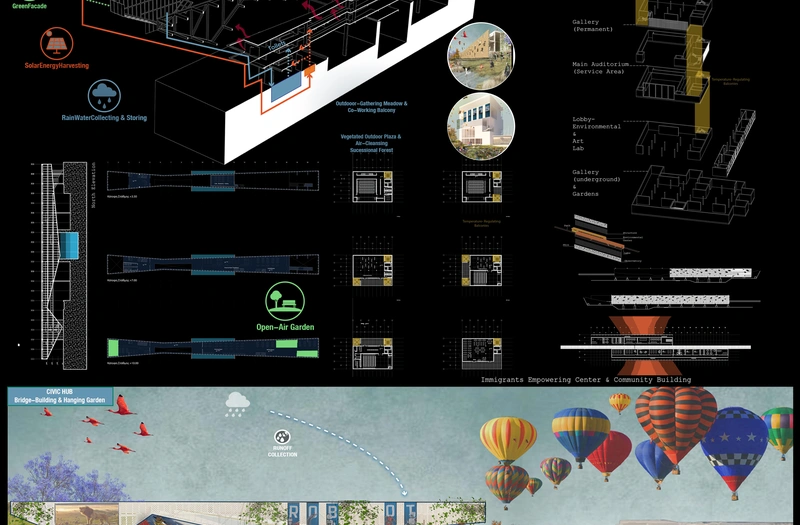
Resilient civic infrastructure 2